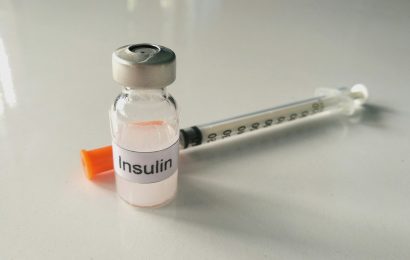What if there was a drug that lowered insulin resistance and blood glucose, reduced pain, made you happier, raised your energy level, helped you sleep, improved bowel function, and promoted weight loss? Would you pay $1000 a month for it?
Well you can’t, because there is no such drug. The only thing that will give you all those benefits is physical activity. (We’re not going to use that nasty “e” word in this blog entry.) Activity doesn’t cost $1K; most of the time it doesn’t cost anything at all. Yet people don’t do it. Why not? More importantly, how can we get ourselves to start taking more of this wonder drug?
Most of us face serious barriers to physical activity. We may live in places where walking is dangerous or impossible. We may work jobs that leave us exhausted without making us move our bodies. Travel, work, school, religious worship, even most entertainment is done sitting down.
Some of us don’t particularly like to move. This may stem from a genetic tendency to conserve energy, and/or a long community history of working very hard and not having much to eat. Our society creates all kinds of excuses to avoid activity. Kids used to play basketball; now they play video basketball. Developers build suburbs without sidewalks or crosswalks, so you have to drive. Some office buildings lock stairways, forcing people to take elevators instead.
Enjoying Movement
Still, every day, people do overcome these barriers and get moving. The important thing is to make activity a source of pleasure, not a chore you have to do at the end of a long day full of other tasks. Here are some easy keys to getting active:
Make it fun. Do something you enjoy. It might be a sport, walking a dog, playing with children, splashing around in the water, or any movement you happen to like. How about dancing? That’s a great way to meet people, move your body, and have some fun. So what if you haven’t done it in years? It’s never too late.
If you walk, you can walk somewhere beautiful or interesting, like a park. Window-shopping or mall-walking can be a good way to move, kind of like going to a museum without an admission charge.
Make it social. Most people find it easier to move if they do it with other people. You can join a group or a gym or just recruit a friend, relative or neighbor to walk or work out with. Perhaps you could start a group at your church or your job. The family that plays together stays together!
Start slow and build up slowly. If you jump into too much action, too fast, you’ll wind up sore, tired, and fed up with the whole thing. Start slowly and build up slowly—baby steps will get you there quicker.
Make it convenient. If you have to drive 20 miles to the gym, you’re going to stay home most days. The best activities are the easiest: taking the stairs instead of the elevator, walking or running in the neighborhood, stretching before you get out of bed. Even housework can be a good way to get active.
Make it comfortable and safe. Get comfortable shoes for walking or dancing. If you’re riding a bike, you can buy wider seats if the one it came with is too narrow. (Learn more about different types of bike seats here.) Check your feet after walking or running to make sure there are no sores. Massage your feet with lotion and maybe take a nice bath or shower to reward yourself for working out.
Check your blood glucose—activity can lower it, sometimes too much. Check your blood glucose level before you start an activity and after so you don’t overdo it. Be aware that blood glucose levels can continue to drop for hours after exercise, as muscles rebuild their glucose supplies. If you take insulin or a sulfonylurea drug, you might need to talk with your doctor about reducing your dose. Carry glucose tablets or gel with you in case of emergencies.
Be Creative
You don’t have to limit yourself to walking. Strengthening with weights or resistance training is great for controlling blood glucose and depression. Martial arts are great, too. Gentler exercise like yoga and tai chi are great ways to stretch and feel better.
Use your imagination and ask for advice and help. You’ll be amazed at how far you can go and how much better you can feel.
I’ve written a lot about these issues in my books The Art of Getting Well and Diabetes: Sugar-coated Crisis. You can see more on my Web site www.davidsperorn.com. Remember to share your comments, questions, and ideas below.




